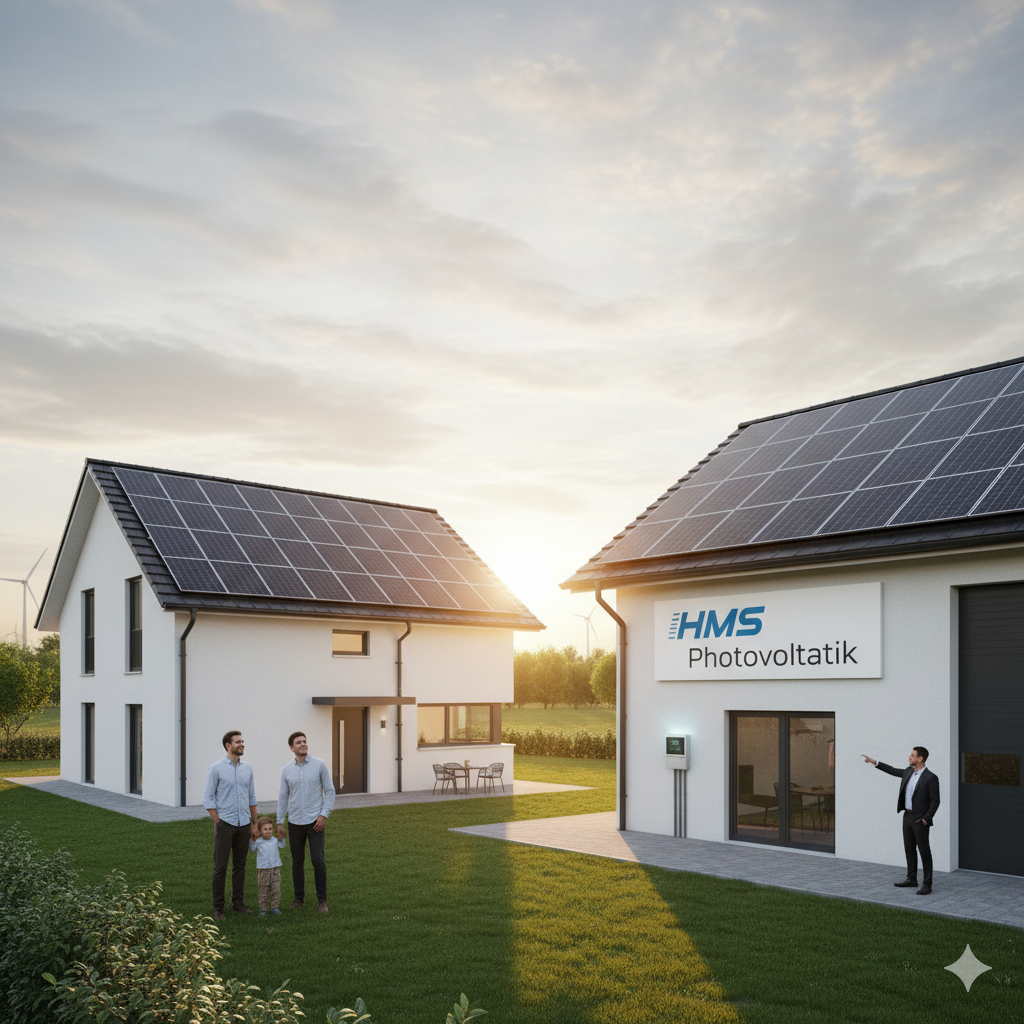Introduction
As the global push toward renewable energy accelerates, hms photovoltaik has become a popular solution for households and businesses looking to embrace solar power. By turning sunlight into electricity, this innovative technology not only reduces dependence on fossil fuels but also offers significant long-term financial savings. Whether you’re curious about the benefits, wondering how it works, or exploring installation options, this guide provides everything you need to know to make an informed decision about hms photovoltaik.
Table of Contents
Key Benefits of HMS Photovoltaik
Adopting hms photovoltaik brings a variety of advantages, both for the environment and for your wallet. Here are the main benefits:
- Clean energy generation: Reduces greenhouse gas emissions by replacing fossil fuels with solar power.
- Lower electricity bills: Once installed, solar panels drastically cut monthly energy costs.
- Boosted property value: Homes with solar installations often sell at higher market prices.
- Energy independence: Generates your own electricity and reduces reliance on the grid.
- Government incentives: Tax credits, rebates, and subsidies make adoption more affordable.
- Low maintenance: Solar panels require minimal upkeep compared to other energy systems.
How HMS Photovoltaik Works
The process behind hms photovoltaik is straightforward yet powerful. Solar panels, made of photovoltaic cells (typically silicon), capture sunlight. When photons strike the panels, electrons in the cells become excited, creating a flow of direct current (DC). An inverter then converts this DC into alternating current (AC), the type of electricity your home or business uses daily.
Another key feature of these systems is grid connectivity. Excess electricity can either be stored in batteries for later use or sent back to the grid, often earning homeowners credit from utility providers. This makes hms photovoltaikhttps://karen-read.net/ both sustainable and financially rewarding.
Factors to Consider Before Installation
Before committing to an installation, consider the following factors to maximize efficiency and savings:
- Roof size and orientation: Panels should face optimal sunlight exposure.
- Shading: Nearby trees or buildings can reduce energy output.
- Energy consumption: Match system size to your household or business needs.
- Local regulations: Check regional rules and permit requirements.
- Financing options: Explore government incentives and solar loan programs.
By carefully evaluating these aspects, you can ensure your hms photovoltaik installation performs at its best.
The Installation Process
Installing hms photovoltaik involves several steps:
- Site assessment: A professional inspects your property, roof condition, and shading.
- System design: The installer recommends the appropriate type and number of panels.
- Permits and approvals: Local authorities review and approve the project.
- Installation: Solar panels are mounted on the roof or ground and connected to the inverter.
- Inspection and activation: Final checks confirm safety and efficiency before the system goes live.
Working with certified installers ensures a safe, efficient setup that maximizes your long-term return.
Maintenance and Troubleshooting
While hms photovoltaik systems require little maintenance, regular checks help sustain high performance.
- Clean panels: Dust and debris reduce efficiency—clean them periodically.
- Inspect wiring: Check for loose or corroded connections.
- Monitor performance: Use tracking software to detect unusual drops in energy output.
- Listen to inverters: Strange sounds may indicate an issue requiring professional service.
Timely troubleshooting avoids costly repairs and ensures uninterrupted solar energy generation.
Cost and Long-Term Savings
Though upfront costs for hms photovoltaik vary depending on system size and location, the long-term savings outweigh the investment.
- Energy bill reduction: Many users report up to 70% lower utility costs.
- Payback period: Most systems pay for themselves within 5–8 years.
- Government incentives: Tax credits and subsidies reduce installation costs significantly.
- Increased property value: Solar-equipped homes often attract premium buyers.
In short, hms photovoltaik is not only an eco-friendly choice but also a financially smart investment.
People Also Ask (PAA)
What is HMS Photovoltaik?
It is a solar power system that converts sunlight into electricity using photovoltaic cells.
Is HMS Photovoltaik expensive to install?
The initial investment can be high, but incentives and long-term savings make it cost-effective.
How long does HMS Photovoltaik last?
Most solar panels last 25–30 years with minimal maintenance.
Can HMS Photovoltaik power an entire house?
Yes, with the right system size, it can cover all household energy needs.
FAQs (Schema-Ready Content)
Q1: How efficient is HMS Photovoltaik?
Most systems achieve efficiencies of 15–22%, depending on the type of panel used.
Q2: Do I need batteries with HMS Photovoltaik?
Not necessarily. You can connect to the grid, but batteries help store energy for nighttime use.
Q3: Are there government incentives for HMS Photovoltaik?
Yes, many regions offer tax credits, rebates, or feed-in tariffs that reduce overall costs.
Q4: What happens on cloudy days?
Panels still generate electricity, though at reduced efficiency.
Q5: Can HMS Photovoltaik increase property value?
Yes, homes with solar systems often attract buyers willing to pay more for energy-efficient features.
Conclusion
hms photovoltaik is revolutionizing the way we power our homes and businesses. By offering clean energy, lowering bills, and increasing property values, it represents both a practical and sustainable solution for the future. While installation requires planning and investment, the long-term savings and environmental impact make it a wise choice. With proper maintenance and monitoring, your hms photovoltaik system can provide decades of reliable, eco-friendly energy.

